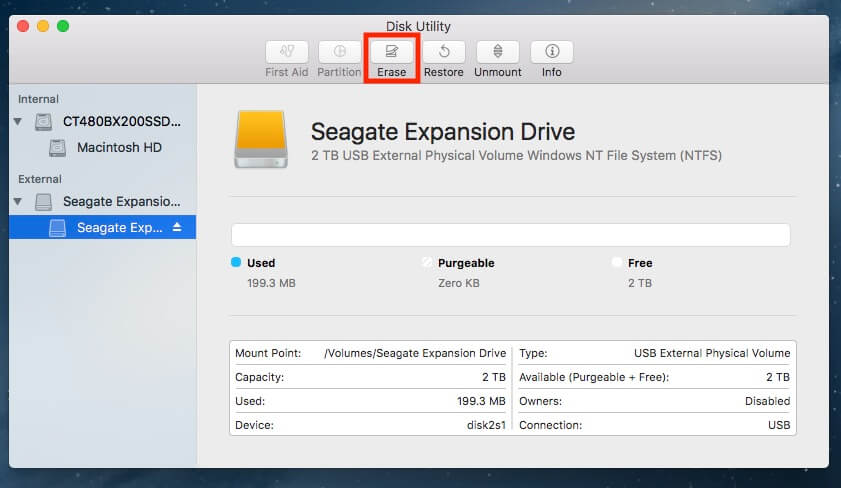
Real-time Transport Protocol (RTP), transport protocol for real-time audio and video data.H.248, control protocol for media gateways across a converged internetwork consisting of the traditional PSTN and modern packet networks.Media Gateway Control Protocol (MGCP), connection management for media gateways.Since the development of newer, less complex protocols such as MGCP and SIP, H.323 deployments are increasingly limited to carrying existing long-haul network traffic. H.323, one of the first VoIP call signaling and control protocols that found widespread implementation.Session Initiation Protocol (SIP), connection management protocol developed by the IETF.Security – Implementing access control, verifying the identity of other participants (computers or people), and encrypting data to protect the privacy and integrity of the media contents and/or the control messages.Quality of service – Providing out-of-band content or feedback about the media such as synchronization, statistics, etc.Media – Transferring the actual media in the call, such as audio, video, text messages, files, etc.
#Fax skype mac how to#
Media description – Determining what type of media to send (audio, video, etc.), how to encode/decode it, and how to send/receive it (IP addresses, ports, etc.).
#Fax skype mac registration#

#Fax skype mac full#
Full words, voice over Internet Protocol, or voice over IP, are sometimes used. VoIP is variously pronounced as an initialism, V-O-I-P, or as an acronym, / v ɔɪ p/ ( VOYP). VoIP provides a framework for consolidation of all modern communications technologies using a single unified communications system. Calls and SMS text messages may be sent via Wi-Fi or the carrier's mobile data network. In addition to VoIP phones, VoIP is also available on many personal computers and other Internet access devices. These solutions typically allow dynamic interconnection between users in any two domains of the Internet, when a user wishes to place a call. Third-generation providers, such as Google Talk, adopted the concept of federated VoIP. This limited the freedom of users to mix-and-match third-party hardware and software.


#Fax skype mac free#
Second-generation providers, such as Skype, built closed networks for private user bases, offering the benefit of free calls and convenience while potentially charging for access to other communication networks, such as the PSTN. Popular codecs include the MDCT-based AAC-LD (used in FaceTime), the LPC/MDCT-based Opus (used in WhatsApp), the LPC-based SILK (used in Skype), μ-law and A-law versions of G.711, G.722, and an open source voice codec known as iLBC, a codec that uses only 8 kbit/s each way called G.729.Įarly providers of voice-over-IP services used business models and offered technical solutions that mirrored the architecture of the legacy telephone network. The most widely used speech coding standards in VoIP are based on the linear predictive coding (LPC) and modified discrete cosine transform (MDCT) compression methods. Various codecs exist that optimize the media stream based on application requirements and network bandwidth some implementations rely on narrowband and compressed speech, while others support high-fidelity stereo codecs. They transport media streams using special media delivery protocols that encode audio and video with audio codecs and video codecs. Instead of being transmitted over a circuit-switched network, the digital information is packetized and transmission occurs as IP packets over a packet-switched network. The steps and principles involved in originating VoIP telephone calls are similar to traditional digital telephony and involve signaling, channel setup, digitization of the analog voice signals, and encoding.


 0 kommentar(er)
0 kommentar(er)
